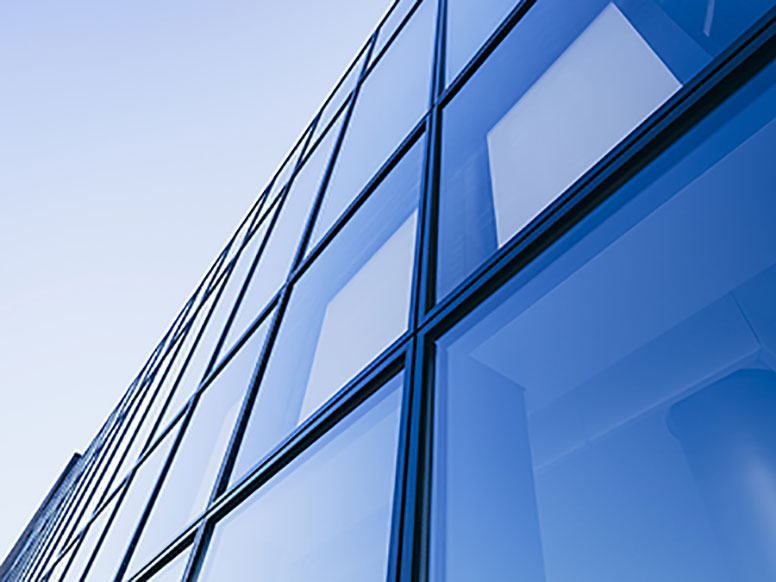All Categories
Featured
Table of Contents
Guide To Double Glazing – Functional And Energy Efficient in Connolly Western Australia
That window can transmit more solar heat in winter season than in summertime. A west-facing window on a summer's afternoon has an angle of occurrence from near 0 as much as 30 with a large effective location of solar radiation. A north-facing window, in summer, has a high angle of occurrence and a low effective area of solar radiation, so can transfer less heat than a west-facing one.
You can rapidly and easily improve the thermal efficiency of your home by replacing your windows. This is among the most effective approaches of remodelling to accomplish enhanced thermal convenience. There are countless kinds of glass and frames to select from. Selecting the best ones is necessary to enhancing the energy effectiveness of your house.
Why Do You Need Double Glazing Windows In Summer? in Inglewood Western Australia
There are several kinds of glass items to pick from. Single glazing utilizes a single pane of glass. Single glazing with clear glass is not extremely efficient when it comes to heat loss or gain. To improve performance, you can use single glazing with a more energy-efficient type of glass such as low emissivity (low-e) glass.
Multiple layers can be assembled with sealed cavities in between each sheet of glass. IGUs usually provide much better energy performance than single glazing, due to the fact that they send less energy. However, the energy performance of IGUs also depends upon: the residential or commercial properties of each layer of glass. Various glass types (for instance, clear and low-e glass) can be assembled in an IGU.
Double Glazed Windows in Wandi Perth

IGU cavities can be filled with air or a more inert, low-conductivity gas such as argon the width of the cavity. Broader cavities provide lower (much better) U values, with 12mm typically accepted as the preferred gap how well the cavity is sealed.
If argon is installed to the cavity in location of air, moisture is reliably omitted the level of desiccant (drying representative). The spacer (metal or polymer strip) that separates the glass layers consists of a desiccant to absorb any wetness. Inadequate desiccant might trigger moisture to condense on the glass surface area in cold conditions, reducing thermal efficiency.
How Double Glazing Can Help Keep Your Home Cool In ... in Wembley Western Australia
In truth, IGUs can provide much better energy efficiency for all climates, particularly in heated and air-conditioned houses. Cross-section detail of single, double and triple-glazing systems Low emissivity glass (commonly referred to as low-e glass) decreases heat transfer. Low-e glass might be either high or low transmission: High transmission low-e glass has a finishing that enables daytime from the sun to pass into the house to accomplish excellent solar heat gain, however reduces the amount of the long wavelength infrared heat that can get away back through the window.
Low-e glass has either a pyrolytic finish or a vacuum-deposited thin film metal covering. Pyrolytic coverings are durable and can be used for any glazing; vacuum-deposited coatings are soft and are only utilized within IGUs. Low-e finishings can significantly enhance both U worth and SHGC; nevertheless, they need to be used correctly or they will either degrade or fail to perform as needed.
Insulated Glass Unit – Igu in Leederville Western Australia
Low-e finishes can be utilized in mix with clear, toned or reflective glass. Low-e coverings on glazing can lower heat transfer where needed Image: Department of Industry, Science, Energy and Resources Toned glass has colouring ingredients consisted of throughout manufacture. It is available in various colours, typically bronze, grey, blue and green.
Table of Contents
Latest Posts
Double Glazing Vs. Triple Glazing: Which Is Worth It? in Koondoola WA
Fitting A Cabin In Your Garden? Get Double Glazing Fitted Too in Churchlands Western Australia
Why Should You Have Double-glazed Windows This Summer? in Stirling Perth
More
Latest Posts
Double Glazing Vs. Triple Glazing: Which Is Worth It? in Koondoola WA
Fitting A Cabin In Your Garden? Get Double Glazing Fitted Too in Churchlands Western Australia
Why Should You Have Double-glazed Windows This Summer? in Stirling Perth